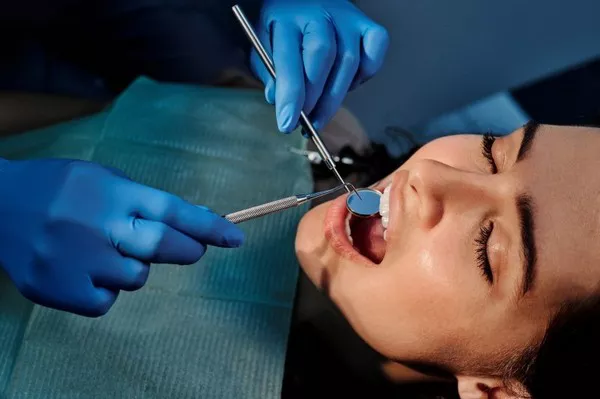When it comes to post-wisdom teeth removal, proper nutrition plays a crucial role in ensuring a smooth and speedy recovery. Understanding what to eat after this dental procedure is essential for minimizing discomfort and promoting healing. In this comprehensive guide, we’ll delve into the ideal food choices, providing you with a roadmap for a comfortable recovery journey.
1. The Initial 24 Hours: Nourishing Soft Foods
After the removal of wisdom teeth, the initial 24 hours are critical for a seamless recovery. During this period, focus on easily digestible, soft foods to avoid irritation or damage to the surgical sites.
a. Smoothies and Protein Shakes:
Incorporate nutrient-rich ingredients like yogurt, fruits, and protein powder.
The cold temperature can also help reduce swelling.
b. Mashed Potatoes and Soups:
Opt for creamy mashed potatoes seasoned with minimal spices.
Choose clear and broth-based soups for added hydration.
c. Puddings and Custards:
These desserts are not only soft but also enjoyable.
Choose varieties without seeds or crunchy add-ins.
d. Applesauce and Yogurt:
Provide a combination of vitamins and probiotics for enhanced healing.
Opt for unsweetened options to avoid irritation.
e. Oatmeal and Porridge:
Soothing and easy to swallow, these options are gentle on the healing sites.
Add a touch of honey or mashed bananas for flavor.
2. Days 2-7: Gradual Introduction of Solid Foods
As you progress through the first week, it’s time to gradually introduce slightly more textured but still soft foods.
a. Scrambled Eggs:
A good source of protein, scrambled eggs are soft and easy to chew.
Cook them until they are well-cooked but still moist.
b. Steamed Vegetables:
Opt for soft vegetables like carrots, peas, or zucchini.
Steaming preserves nutrients and makes them easier to chew.
c. Pasta and Rice:
Cook pasta and rice until they are soft and easy to chew.
Pair with a mild sauce for added flavor.
d. Avocado and Banana:
Both are nutrient-dense and easy on the healing areas.
Slice them into small, manageable pieces.
e. Soft Fish:
Cooked fish like salmon or tilapia provides protein and omega-3 fatty acids.
Ensure it is well-cooked and free of bones.
3. Beyond the First Week: Returning to Normalcy
As you move beyond the initial recovery phase, it’s time to gradually reintroduce a more normal diet.
a. Lean Protein:
Include chicken, turkey, or tofu in your meals for sustained energy.
Cut into small, bite-sized pieces for easy chewing.
b. Steamed Vegetables:
Expand your vegetable options to include broccoli, cauliflower, or green beans.
Continue steaming for optimal softness.
c. Whole Grains:
Incorporate whole grains like quinoa or brown rice for added fiber.
Chew thoroughly to avoid any discomfort.
d. Fresh Fruits:
Slowly reintroduce fresh fruits, starting with softer options like melons or berries.
Chew carefully to prevent irritation.
e. Nuts and Seeds:
Gradually reintroduce nuts and seeds for added crunch.
Opt for finely chopped varieties to avoid strain.
In conclusion, a well-thought-out post-wisdom teeth removal diet is paramount for a comfortable and speedy recovery. By following these guidelines and gradually transitioning from soft to more textured foods, you’ll ensure your body receives the necessary nutrients without compromising the healing process. Remember, listening to your body and consulting with your dentist or oral surgeon are crucial steps in optimizing your post-surgery diet for a successful recovery.





























